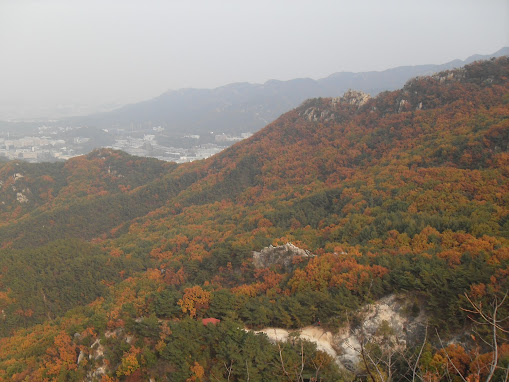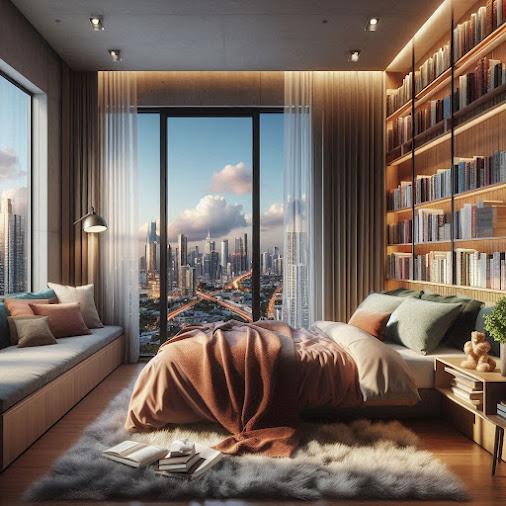The Art of War by Sun Tzu
Strategy in business management is learned from old books that outline how to win when fighting on the battlefield.
The author of The Art of War by Sun Tzu is Sun Tzu (6th century BC), a famous general who served King Helu of Wu during the Spring and Autumn Period of China. It is said that he wrote this book to reform the difficult times of war.
The 13 chapters are composed of Planning, Operations, Poison, Military Formation, Military Situation, Reality, Military Battle, Verbal Change, March, Geography, Land, Fire, and Fortitude.
From the perspective that “battle is a national ambassador, a land of life and death, and a path to survival,” it concisely explains the key points in high-level sentences, including important decisions, the selection of generals, and the overall strategy and battle.
Its meaning is to always take the lead and win without fighting, and it also provides ideological support, so it is characterized by being non-belligerent to the point of feeling contradictory as a military book.
Not only has it been respected by many military leaders as a sacred book of strategy since ancient times, it also shows extraordinary views on the essentials of national management and the success or failure of personnel, so it can be said to be a book of wisdom that can be applied to all matters of life.
It is said that knowing oneself and knowing others means not retreating in a hundred battles, and it also contains the famous saying, “If you know others and know yourself, you will not be in danger even after a hundred battles.” It considered it best to win without fighting rather than fighting.
1. Time section(Planning) - Consider the odds before fighting.
Since losing a war can result in irreparable losses, it is important to prepare from the very beginning. It is necessary to be thorough, carefully consider the odds, and only fight battles that you can win.
2. Operations - End the war quickly and decisively.
Even if you win the war, it costs a lot of money. Especially, the longer the war goes on, the greater the loss of life and property, so it must be fought quickly and decisively.
3. Mogong(Poison) - It is best to win without fighting.
Even if you win by using force, there will be sacrifices. Therefore, it is best to use your brain before using force and win without fighting.
4. Military situation - Win first, then fight.
It is said that you should first prepare a situation where you can win before fighting. This is because if you make the situation so that you cannot help but win, you can win without relying on the skills of each soldier.
5. Military situation - Win with a system.
Sun Tzu said that you should seek victory through organization and systems rather than relying on individuals.
If you change the method just a little, the problem can be fundamentally solved without relying on individuals.
6. Heo-sil-pyeon(Reality) - Strike the enemy's weak point with your own truth.
In order to take the initiative in a fight, you must identify the enemy's weak point and attack it.
7. The Battle of the Armies - Take the Advantageous Position First.
The saying, "He who knows the pros and cons of going around and going straight will win" has a more accurate meaning than "The more urgent it is, the more you should go back."
It is said that the more accurate interpretation is that Sun Tzu intended to mean that you will win if you can weigh the characteristics and pros and cons of both the roundabout and straight-line strategies and choose the strategy that best suits the situation.
8. Oral-byeon-pyeon(Verbal Change) - Adapt to changing situations.
The situation on the battlefield changes quickly. When devising a strategy, you should always respond to such changes.
9. March-pyeon - Take the advantageous position.
You must have the insight and insight to see one side of the enemy and understand the overall dynamics, so you can understand the enemy's current state and occupy advantageous positions.
10. Terrain - Use the surrounding environment.
Be wary of a ruler who does not know the actual situation of the battlefield interfering with the general's work. Therefore, if the ruler gives wrong instructions, the soldiers will be suspicious, and the general may not follow the ruler's orders.

11. Guji-pyeon(Land) - Learn different attack methods for each region.
The method of mercenaries and the psychological state of the soldiers will change depending on the nature of the region that will be the battlefield.
12. Fire-based attack method - Attack method using fire
Many mistakes are made when emotions are involved in decision-making.
"Keep your heart hot, your head cool"
13. Yonggan-pyeon(Fortitude) - Invest in intelligence activities.
Information about the enemy must be obtained from people.










































